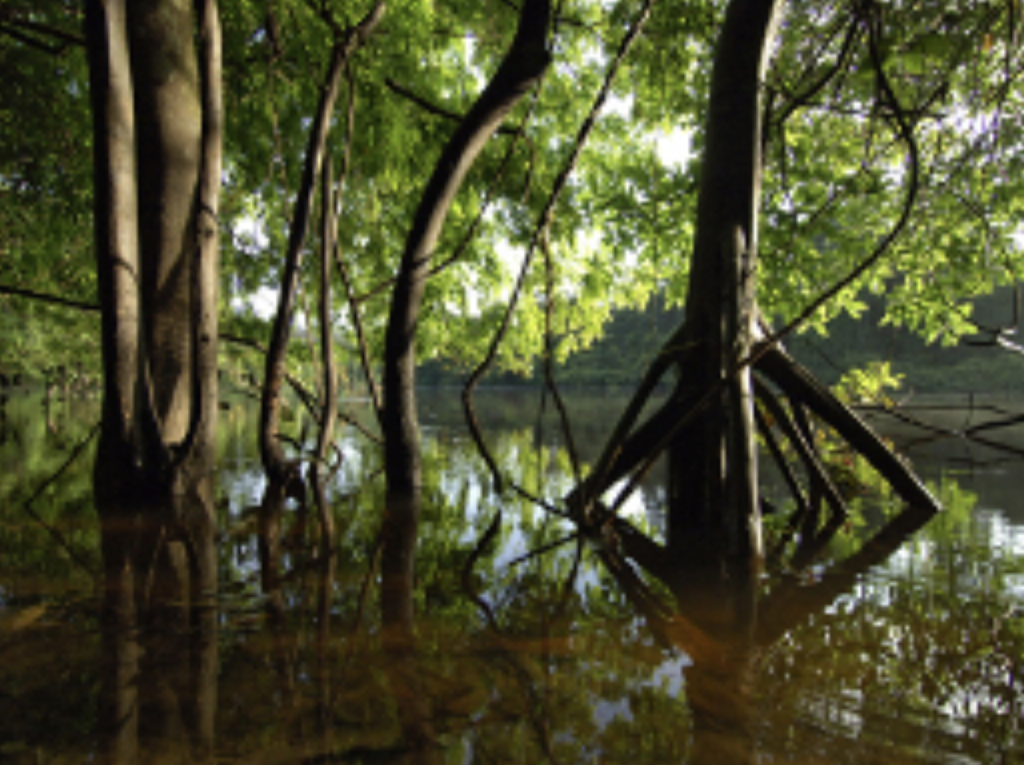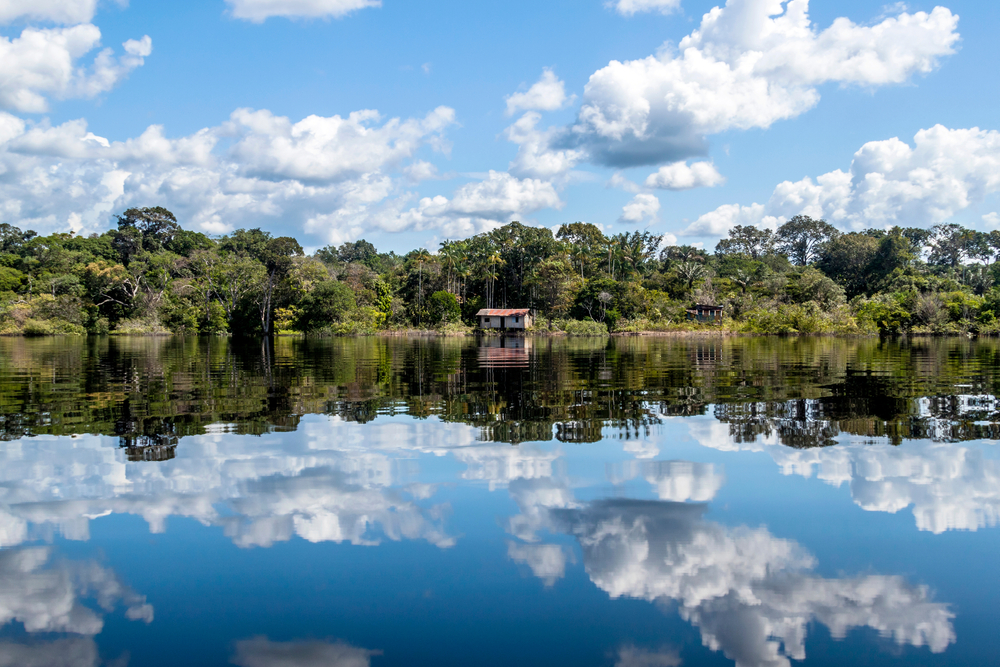Rio Novo Overview
Rio Novo National Park, known in Portuguese as Parque Nacional do Rio Novo, is a protected area located in the state of Pará in northern Brazil. Covering approximately 538 square miles, or 1,394 square kilometers, the park lies within the Amazon biome, one of the most biodiverse regions on Earth.
This national park was established to safeguard a unique mosaic of ecosystems, where dense tropical rainforests meet the Cerrado, Brazil’s vast tropical savanna. The park is situated near the municipality of Novo Progresso and is part of an essential ecological corridor that connects other protected regions in the Amazon.
The terrain of Rio Novo National Park is diverse and rugged, featuring rolling hills, sandstone plateaus, and deep valleys carved by clearwater rivers. One of the park’s most defining features is the Rio Novo itself, a transparent river with rapids and waterfalls that wind through the forest.
Cachoeira do Jatobá, a picturesque waterfall surrounded by lush vegetation, is among the park’s most photographed natural wonders. The landscapes here range from dense lowland rainforest to drier upland areas where the vegetation transitions into open savanna, with striking rock formations and sandy soil.
The park is home to an incredible array of wildlife, thanks to its location at the intersection of different ecological zones. Mammals such as jaguars, giant anteaters, tapirs, and howler monkeys inhabit its forests, while the elusive maned wolf may be found in the savanna-like areas.
Birdwatchers visiting Rio Novo can expect to see a variety of species, including the harpy eagle, blue-and-yellow macaw, and white-throated toucan. Endemic and endangered species thrive here, making it a crucial area for conservation and ecological research.
Popular among adventure seekers and nature enthusiasts, Rio Novo National Park offers opportunities for hiking, birdwatching, photography, and river-based activities such as canoeing and swimming in its crystal-clear waters.
While the park lacks extensive visitor infrastructure, its remote charm and unspoiled nature attract those looking for immersive experiences. Access typically requires coordination with local guides or environmental agencies, ensuring a more managed and low-impact visitation.
Visitors can explore the park through designated trails that wind through forested paths and along riverbanks. Guided excursions offer insight into the unique ecology of the area and highlight the importance of preserving its biodiversity.
Scientific research and environmental education also play significant roles in how the park is experienced, often supported by partnerships with universities and conservation groups.
Rio Novo National Park faces conservation challenges primarily due to illegal logging, land speculation, and deforestation in surrounding areas. However, its status as a protected area has led to notable successes in curbing habitat destruction within its borders.
Continued enforcement, monitoring, and engagement with local communities remain essential to the park’s future. Ongoing efforts aim to improve infrastructure for sustainable tourism while maintaining strict conservation standards.
As part of the Amazon biome, the park represents a critical stronghold in Brazil’s broader environmental strategy to protect this globally significant ecosystem.
Park Map
Rio Novo National Park Highlights
Share your clicks with us
Related National Parks More Brazil

Iguaçu National Park

Jamanxim National Park
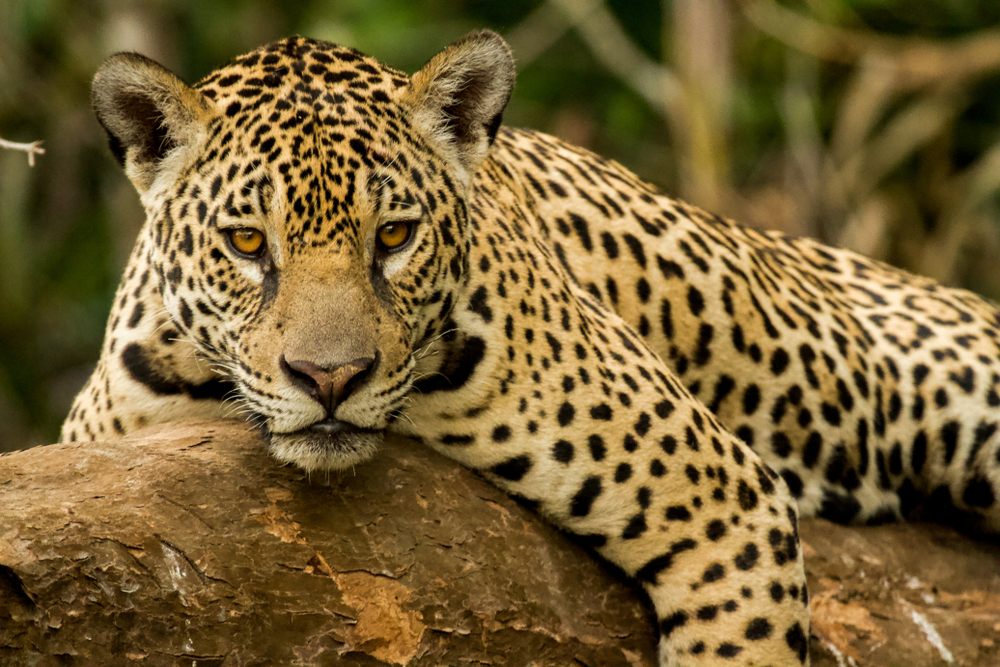
Pantanal Matogrossense National Park
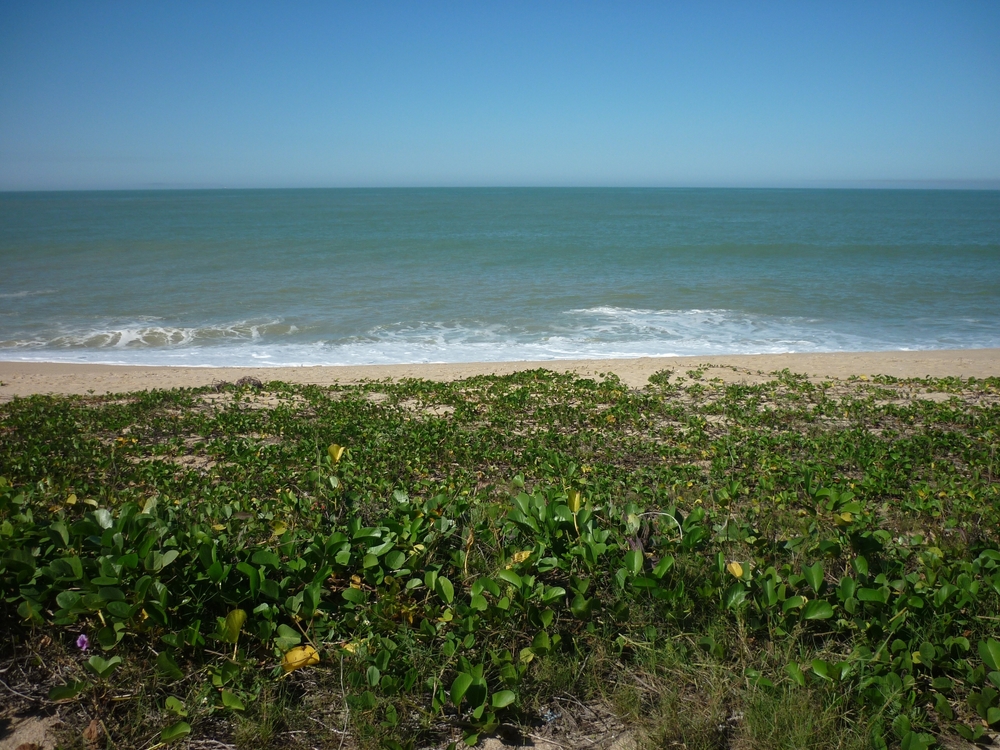
Restinga de Jurubatiba National Park
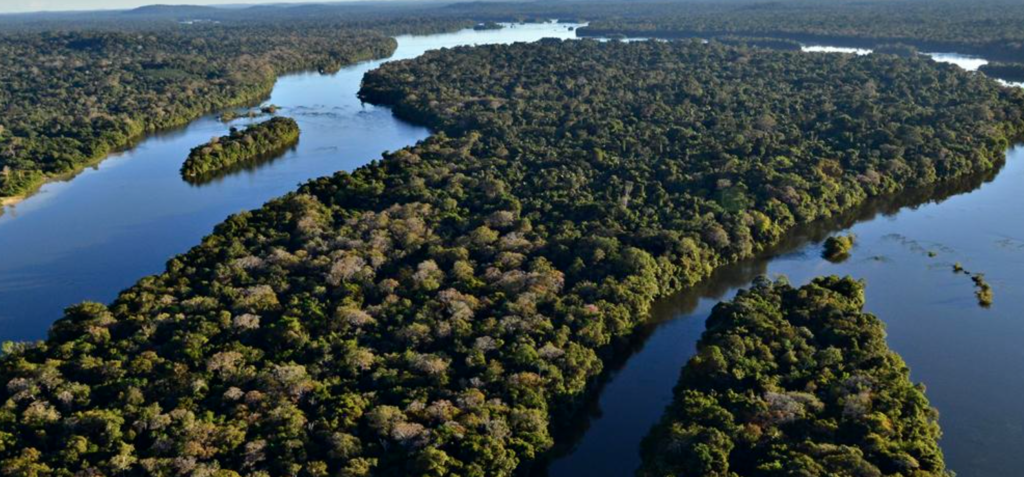
Juruena National Park
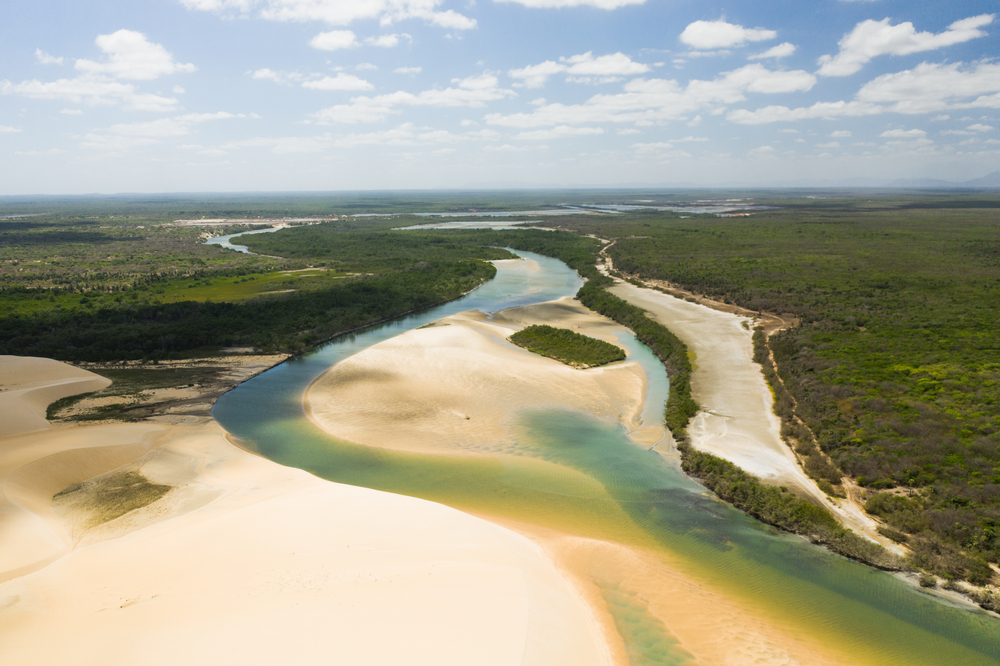
Nascentes do Rio Parnaiba National Park

Nascentes do Lago Jari National Park
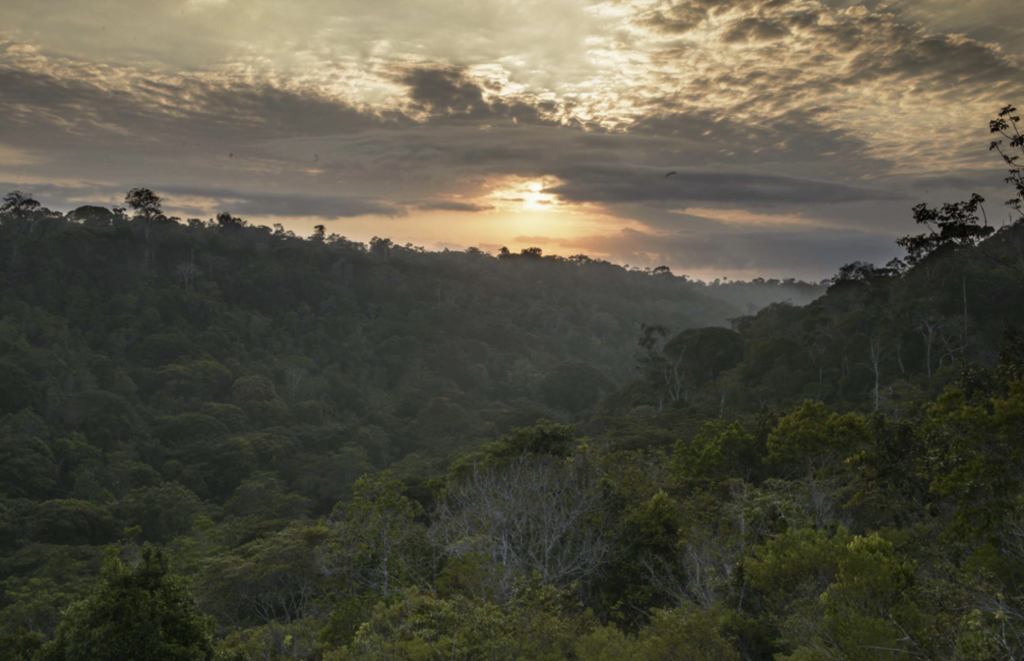
Pau Brasil National Park

Pacaás Novos National Park
